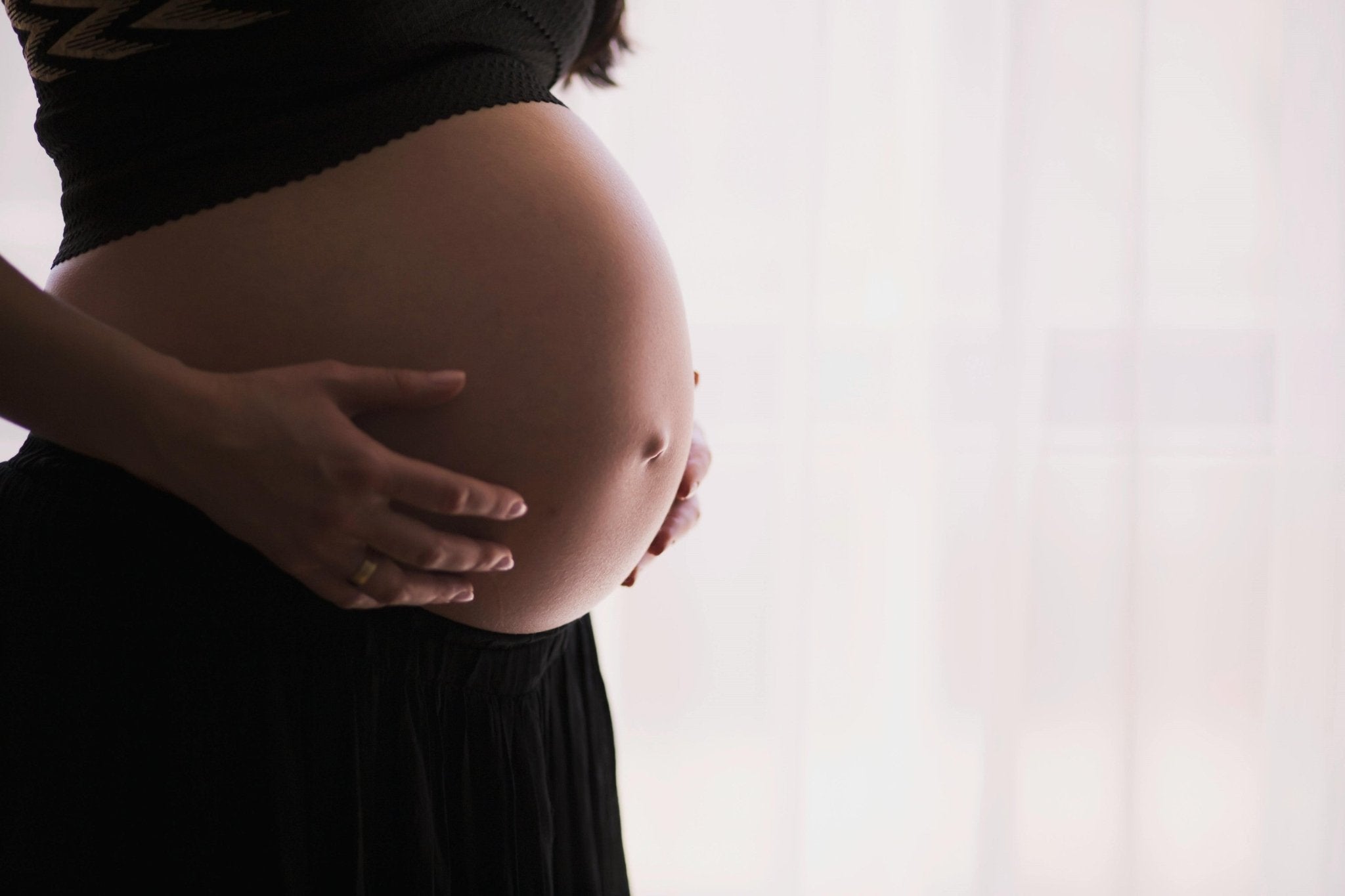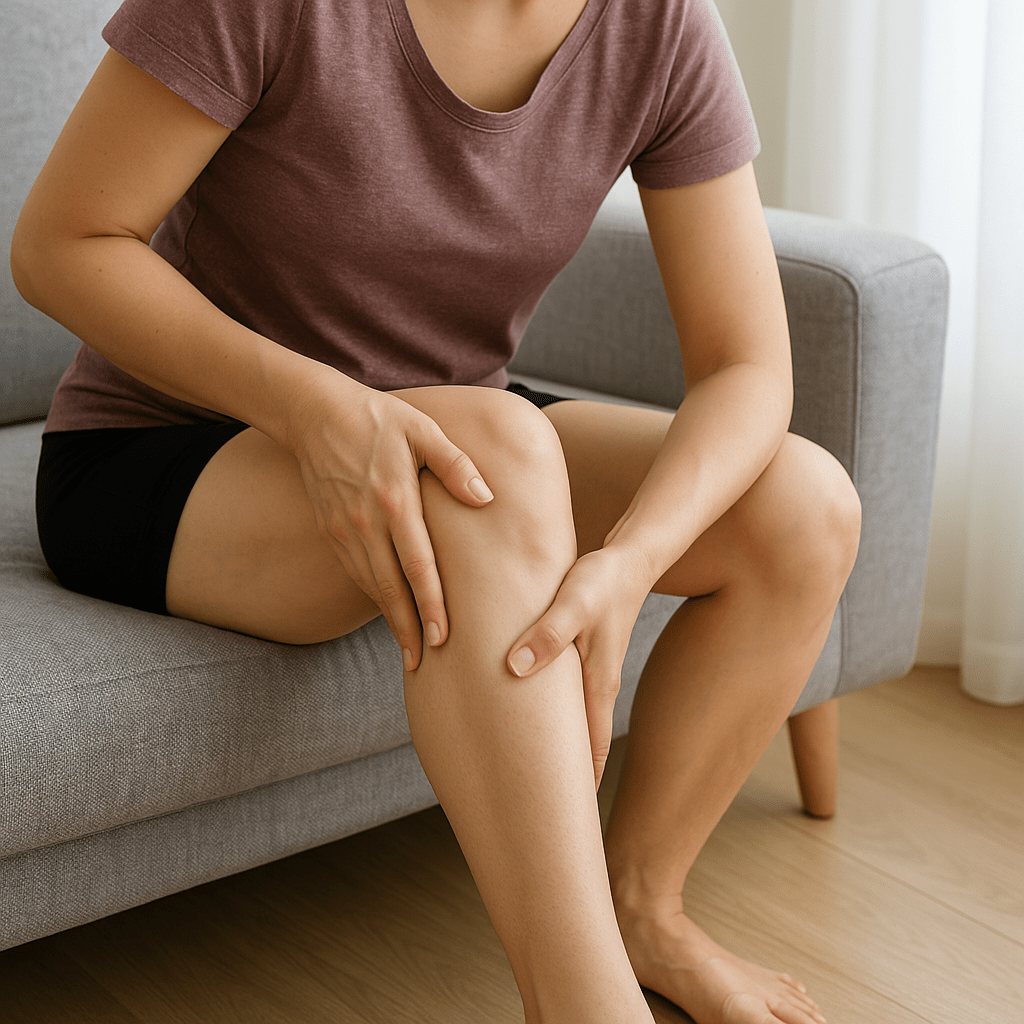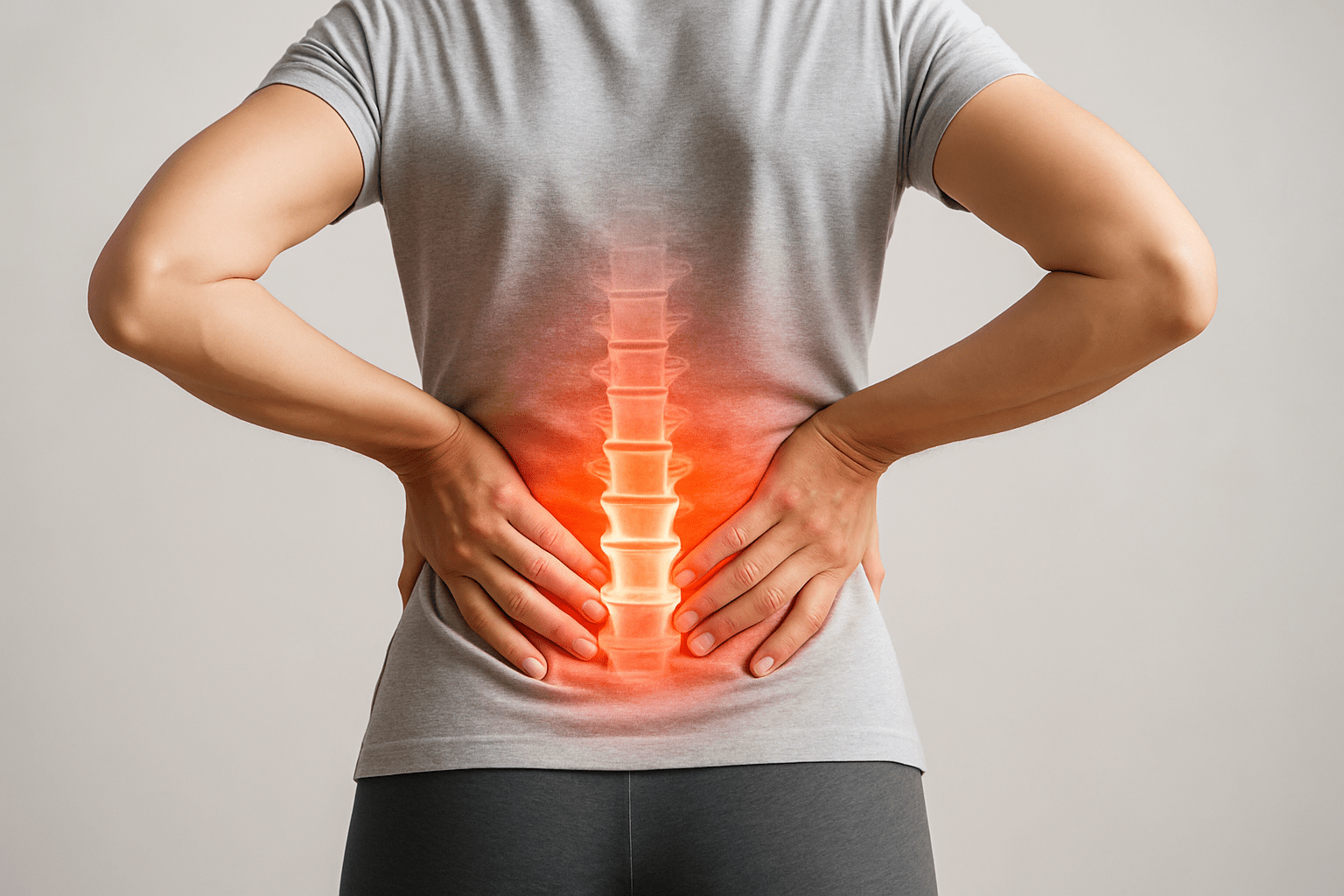Massages during pregnancy: special rules for expectant mothers
Pregnancy is a time of change and growth, both physically and emotionally. However, in the midst of the joy and anticipation, discomfort can also arise that affects your well-being. One of the most common complaints suffered by pregnant women is back pain, which affects around 50 percent of all women. During pregnancy, massages can alleviate these complaints, but there are special rules that you should be aware of in order to experience a safe treatment for you and your child: From the right technique to the ideal position for you - in this article, we explain everything. Reading tip: In our article "From head to...


Pregnancy is a time of change and growth, both physically and emotionally. However, amidst the joy and anticipation, there can also be discomfort that affects your well-being. One of the most common complaints that pregnant women suffer from is back pain, around 50 percent of all women are affected.
Massages can alleviate these complaints during pregnancy, but there are special rules that you should definitely know in order to experience a safe treatment for you and your child: From the right technique to the ideal position for you - in this article we explain everything.
Reading tip: In our article "From head to toe - massages help here" we also discussed the many different effects of massages for you.
Why special rules apply during a massage during pregnancy
It is well known that the female body undergoes profound changes during pregnancy, such as increased sensitivity, which means that the skin and senses are often more reactive and the body perceives touch more intensely. Blood circulation and hormonal balance also change. These factors require a special approach to massages. While certain techniques are beneficial for non-pregnant women, they can pose risks for pregnant women and their children.
For example, strong pressure on certain areas of the body can impair blood flow or even trigger contractions. The loosening of joints and soft tissues due to hormonal changes also increases the risk of injury if massage techniques are applied too intensively or incorrectly. It is therefore extremely important that the treatment takes into account the physiological and anatomical changes in order to ensure the safety and well-being of the mother and the unborn child.
Which massages and techniques are permitted during pregnancy?
When we talk about massages during pregnancy, we are entering a terrain that is as unique and individual as each pregnancy itself. It's not just about finding relaxation, but also about the safety and well-being of mother and child. This is why some techniques are beneficial and others should be avoided during this sensitive phase.
Suitable massage techniques for pregnancy
Gentle stroking and light pressure are absolutely ok. The following techniques can therefore be used in pregnancy massage:
#1 The Swedish massage: This gentle form of massage is ideal for pregnant women as it promotes relaxation while relieving muscle tension and pain. Techniques include gentle kneading, long strokes and rhythmic tapping, all aimed at relieving stress and promoting circulation.
#2 The prenatal yoga massage: This technique combines gentle yoga poses and massage. Special emphasis is placed on breathing and gentle stretches to release tension and achieve a pleasant body sensation. No pressure is exerted on the abdomen.
#3 The lymphatic drainage: A gentle form of massage that aims to promote lymphatic circulation and reduce water retention during pregnancy. This technique is particularly beneficial for pregnant women who struggle with swelling in the legs and feet.
These techniques are gentle enough to promote relaxation without taking any risks. They help to improve blood circulation, relieve tension and increase general well-being. They are not only used for mental relaxation, but can also alleviate typical complaints such as back or leg pain.
Positioning and sequence of the pregnancy massage
However, an effective massage is not only characterized by the right technique. Comfortable and above all safe positioning, especially during pregnancy, is also one of the most important factors for the success of the treatment.
A side position supported by cushioning systems promotes the well-being of both the baby and the mother. These special positioning techniques make it possible to enjoy the massage to the full, while at the same time focusing on both mental relaxation and the release of tension.
Lying on your side particularly helps to reduce the pressure on the large blood vessels, especially the vena cava and the aorta, which are located at the back of the abdomen and can be compressed when lying on your back. This also optimizes blood circulation for the child. In addition, unlike the supine position, this position allows better access for massaging the lower back, which is often particularly stressed during pregnancy.
In addition to the lateral position, there are also special massage tables or cushions that allow pregnant women to lie comfortably in the prone position without exerting pressure on the abdomen. These tables or cushions have recesses or are shaped in such a way that they gently surround and support the baby's belly while the expectant mother lies relaxed. This arrangement allows access to the back without compromising the safety of mother and child. This allows targeted massages to be performed on the back, which can provide relief, especially for back pain during pregnancy.
By using additional, specially shaped cushions, the abdomen is gently supported while you relax in the lateral position. This avoids any pressure on the abdomen and the massage can unfold its effect safely.
Our tip: Before you visit a massage or physiotherapy practice, call the relevant facility and find out whether the therapists have experience in the field of pregnancy massage. Not every practice is designed to meet your special needs during this time. But here it is important, that only trained staff with the appropriate equipment perform the massage so that you get the best treatment for you.
Massages during pregnancy: the no-gos
While gentle techniques may have beneficial effects for pregnant women, intensive kneading and pressure applications, deep tissue massages or techniques that target pressure points should be avoided during pregnancy. The reason for this is that the joints and ligaments loosen under the influence of relaxin. This is a hormone that is released during pregnancy and loosens the ligaments and joints. On the one hand, this prepares the body for birth, but at the same time increases the risk of injury. In addition, intensive massages carry the risk of impairing the blood flow to the baby or triggering the birth process prematurely.
Adapted and mindful: the right time for a massage during pregnancy
The massage should always be adapted to your individual needs and current pregnancy status. Open communication with your therapist is essential to ensure that the massage is an enjoyable and safe experience.
But it's not just the massage technique that has its own rules; the phase of pregnancy is also decisive in determining whether massages are appropriate. Because as beneficial as massages are, there are phases of pregnancy when you should refrain from them. The usual guidelines for the right time for pregnancy massages are between the fourth and seventh month.
Massages are often not recommended in the first three months in order to minimize the risk of premature labour, for example. This recommendation is based on the precautionary principle, even though there is no scientific evidence of negative effects of massages in early pregnancy.
From the second trimester onwards, massages can provide you with valuable support to help you deal with the physical changes in a relaxed and pain-free manner.
Good to know - financing pregnancy massages
Although pregnancy massages are safe in most cases and contribute significantly to mental and physical well-being, the question of how to pay for them often arises. The good news is that massages during pregnancy do not always have to be paid for out of pocket. As they are recognized as part of therapeutic treatments, a massage can certainly be performed and prescribed by a physiotherapist on a doctor's orders.
So if you suffer from painful tension, don't hesitate to ask your doctor for a referral to a physiotherapist. It's definitely worth a try to find out about this option and get the costs reimbursed. However, clarify in advance with your health insurance company to what extent such therapeutic massages are covered as part of prenatal care to avoid unexpected expenses.
Enjoy soothing relaxation with care
Massages during pregnancy are a valuable asset for expectant mothers. Pregnancy massages are more than just a source of relaxation; they are a targeted strategy for alleviating discomfort, which affects around 50 percent of all pregnant women. The right choice of techniques and special attention to safe positioning make it possible to make this special time of life more comfortable and pleasant.
The option of having massages performed by a physiotherapist on a doctor's recommendation offers valuable support and can ease the financial burden of potential health insurance coverage. If you use massages wisely during your pregnancy, you can enrich this very special time with additional care and attentiveness.

Co-founder and Managing Director of Massage Chair World. With his expert knowledge and industry expertise, he helps private individuals and companies to find the right massage chairs for relaxation, health and vitality. The individual expert advice is provided both by telephone or video chat, as well as in the exhibition outside Stuttgart.




